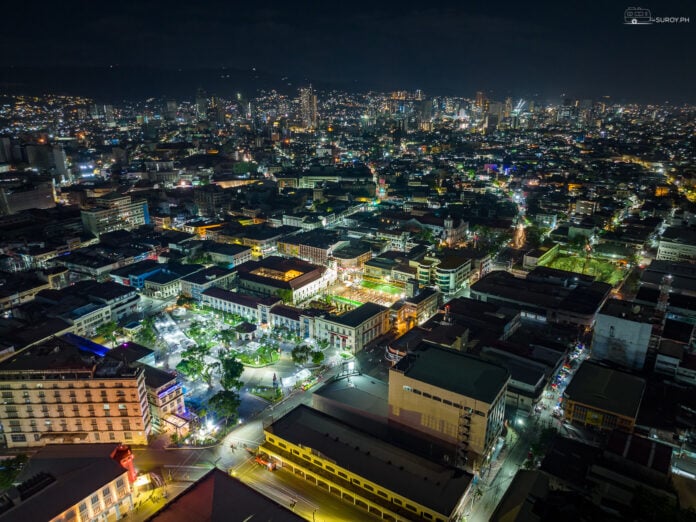Magellan’s Cross is one of Cebu City, Philippines’ most iconic and historically significant landmarks. Planted by Portuguese explorer Ferdinand Magellan on March 15, 1521, this cross symbolizes the introduction of Christianity to the Philippines. It is housed in a small chapel next to the Basilica Minore del Santo Niño on Magallanes Street, and it continues to draw thousands of tourists and pilgrims every year.

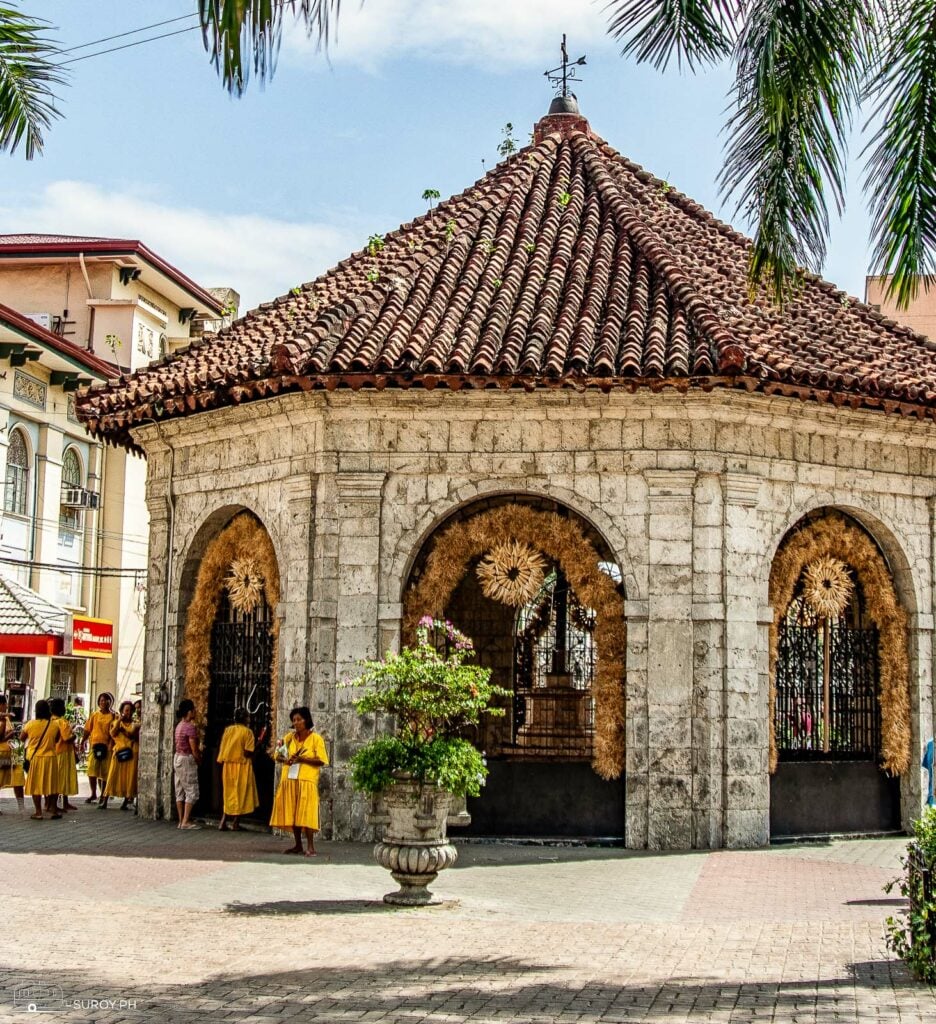

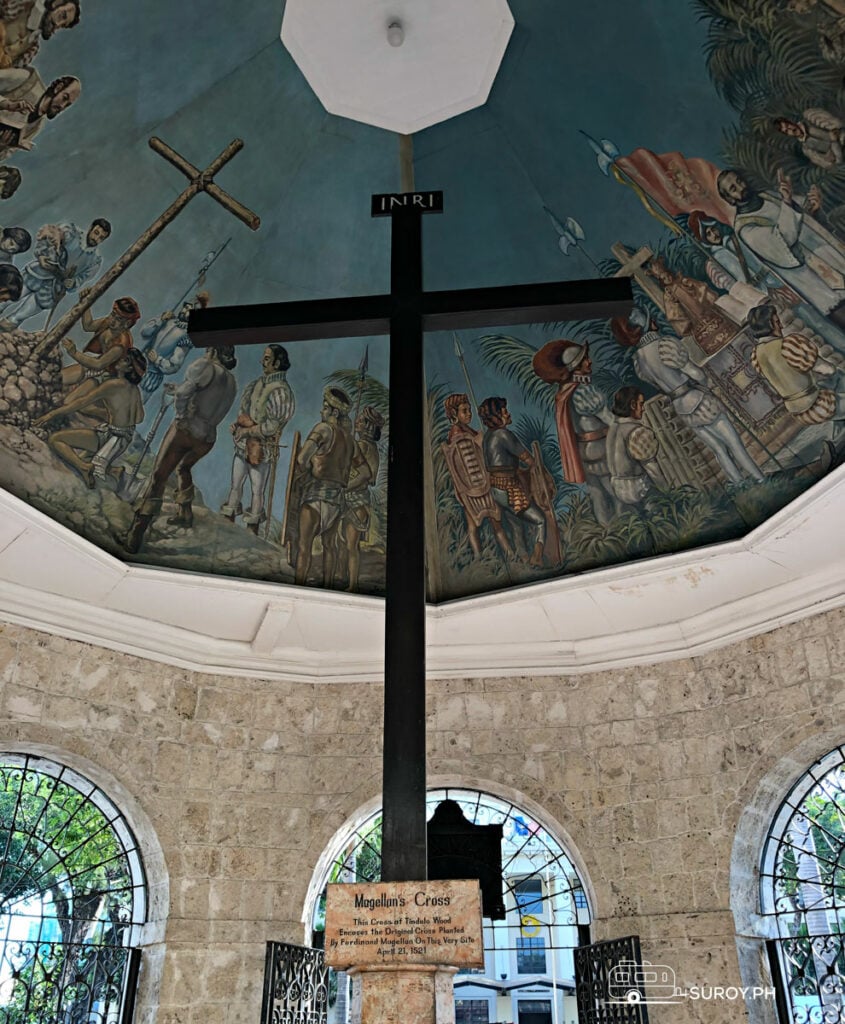
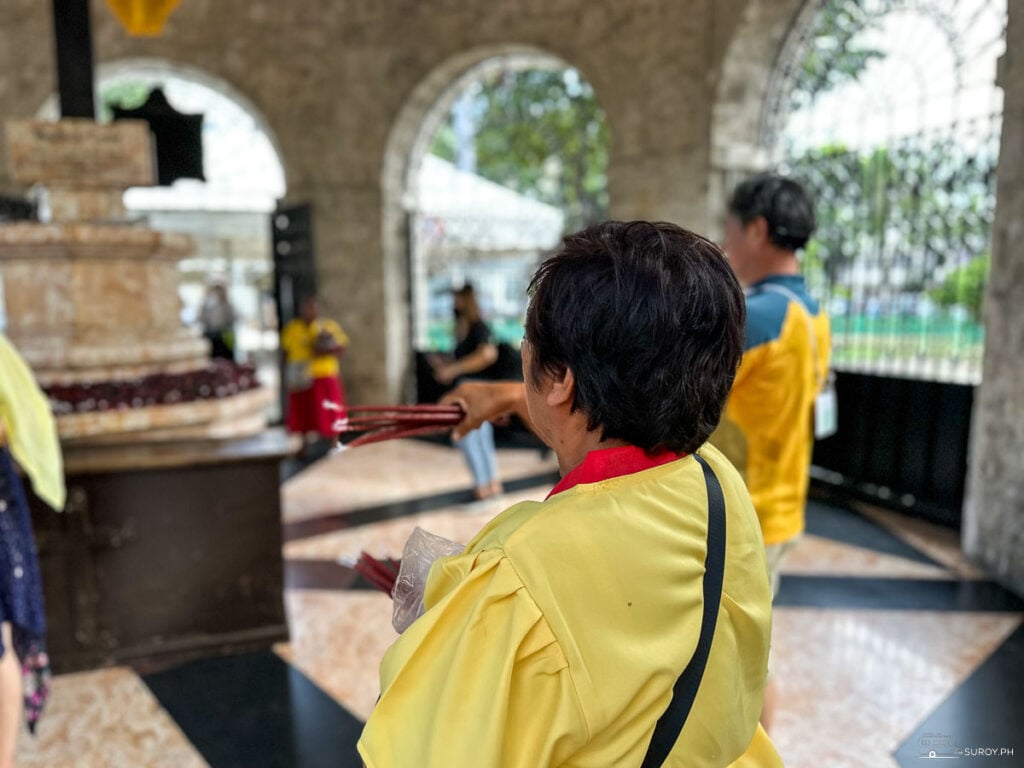

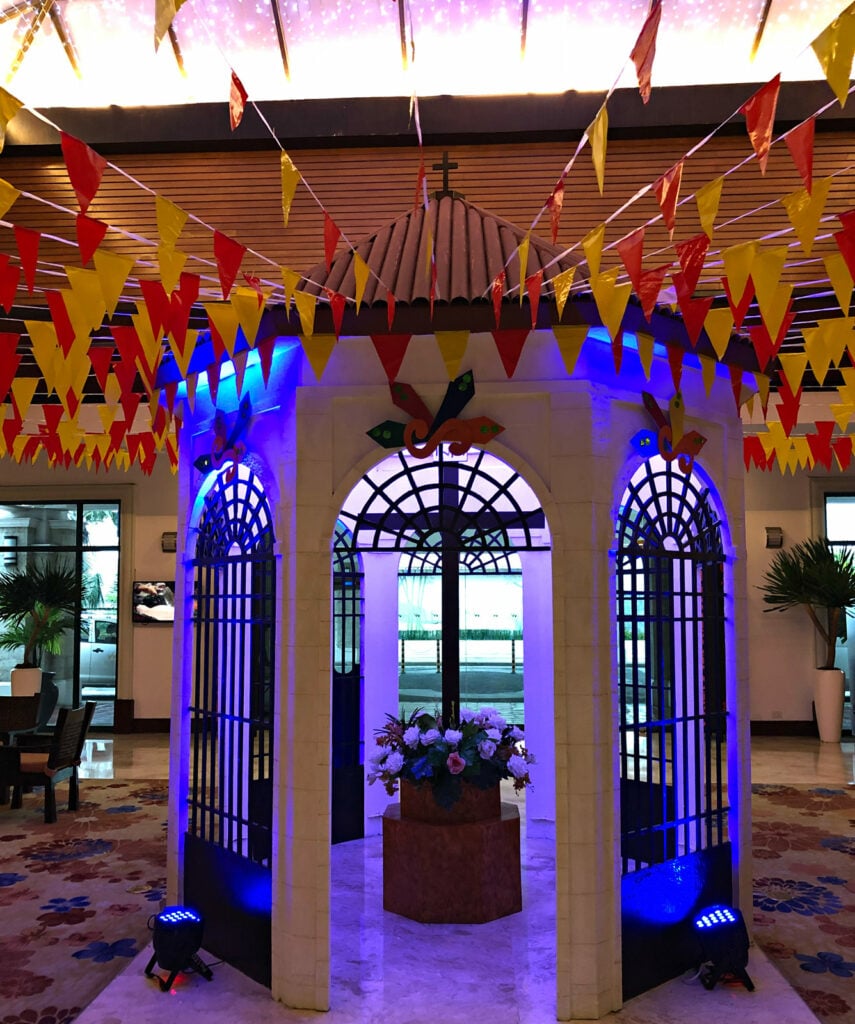
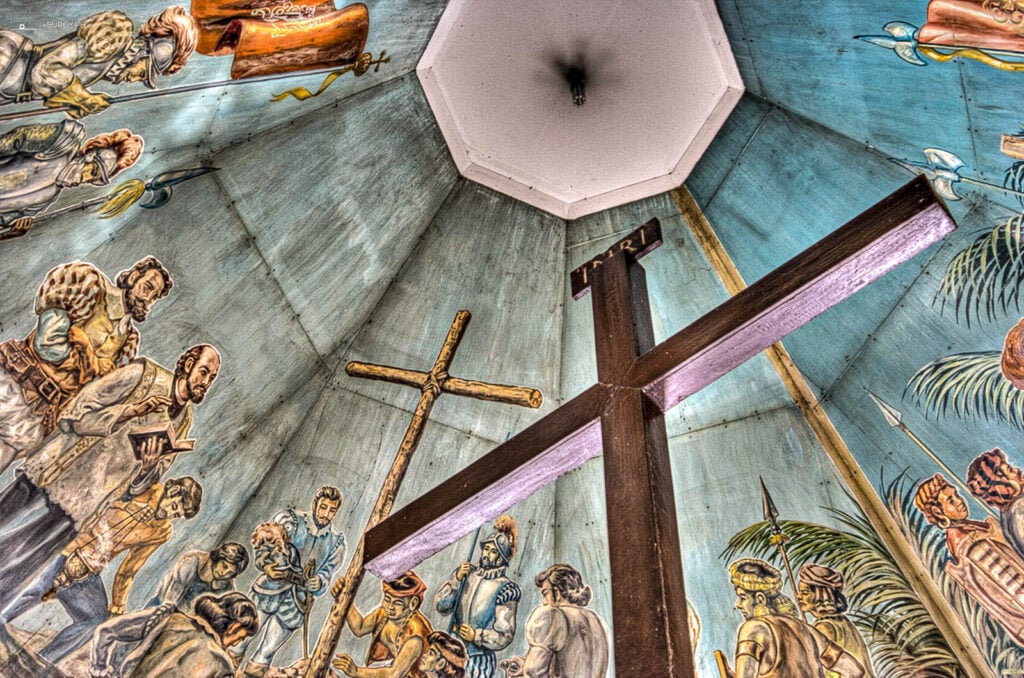
Historical Background
Who is Ferdinand Magellan?
Ferdinand Magellan was a Portuguese explorer who led the first expedition to circumnavigate the globe. Born in 1480 in Portugal, Magellan served in the Portuguese Navy and later in the Spanish Navy. He is best known for his expedition, which aimed to find a westward route to the Spice Islands (modern-day Maluku Islands in Indonesia).
In 1519, under the auspices of King Charles I of Spain, Magellan set sail with five ships. The expedition faced numerous challenges, including mutinies, harsh weather, and difficult navigation. Despite these obstacles, Magellan’s fleet reached the Philippines in 1521. Unfortunately, Magellan was killed in the Battle of Mactan in the Philippines on April 27, 1521. His expedition, however, continued under the command of Juan Sebastián Elcano, successfully completing the first circumnavigation of the Earth in 1522.
The Arrival of Magellan
Ferdinand Magellan, leading a Spanish expedition, arrived in Cebu on April 7, 1521. On March 15, 1521, he erected a wooden cross on the shores of Cebu to mark the propagation of the Roman Catholic faith in the islands. This event is considered the first step in converting the indigenous people to Christianity. Magellan was later killed by Lapu-Lapu in the Batlle of Mactan.
Symbol of Christianity
Magellan’s Cross is more than just a historical artifact; it represents the birth of Christianity in the Philippines. According to historical accounts, the original cross was encased in another wooden cross for protection, as many believed the cross had miraculous powers and would chip away pieces of it as souvenirs or for their alleged healing properties.
Significance of Magellan’s Cross
Magellan’s Cross is more than just a historical marker; it is a symbol of faith and the spread of Christianity in the Philippines. It represents the country’s rich cultural and religious heritage for many Filipinos. The cross is also a popular pilgrimage site for Catholics, especially during the annual Sinulog Festival, which celebrates the arrival of Christianity in Cebu.
Architectural Features
The Chapel
The cross is housed in a small chapel known as a “kiosk” or “temple” located next to the Basilica Minore del Santo Niño. The octagonal structure is made of coral stone and features a red-tiled roof. The interior walls are adorned with paintings that depict the arrival of Magellan and the planting of the cross, providing visitors with a visual narrative of this pivotal moment in Philippine history.
The Cross
Encased within a tindalo wood cross, the original cross planted by Magellan is said to be preserved. This encasement was made to protect the relic from damage and prevent further loss of its fragments.
Visiting Magellan’s Cross
Location
Magellan’s Cross is situated in the heart of Cebu City, making it easily accessible to locals and tourists. It is located on Magallanes Street, named after Magellan, and is adjacent to the Basilica Minore del Santo Niño.
Hours and Admission
The chapel housing the cross is open to visitors throughout the year. Here are some tips for visiting Magellan’s Cross:
Tips for Visitors
- Respect the Site: As Magellan’s Cross is a religious and historical site, visitors must dress modestly and behave respectfully.
- Photography: While photography is allowed, avoiding using flash to preserve the paintings inside the chapel is advisable.
- Guided Tours: To gain a deeper understanding of the historical significance of Magellan’s Cross, consider joining a guided tour. Local guides can provide valuable insights and anecdotes about the cross and its impact on Philippine history.
Nearby Attractions
Basilica Minore del Santo Niño
Adjacent to Magellan’s Cross is the Basilica Minore del Santo Niño, the oldest Roman Catholic church in the Philippines. Established in 1565, the basilica is home to the revered image of the Santo Niño de Cebu.
Fort San Pedro
A short distance away is Fort San Pedro, a military defense structure built by Spanish and indigenous Cebuano laborers under the command of Miguel López de Legazpi. It is the oldest fort in the Philippines and offers a glimpse into the colonial history of Cebu.
Fuente Osmeña Circle
Fuente Osmeña Circle is a vibrant urban oasis offering a refreshing green space, historical significance, and a lively night market. The beautifully landscaped gardens, shaded benches, and tranquil fountain provide a peaceful retreat from the city’s hustle and bustle.
Conclusion
Magellan’s Cross is a testament to the historical and religious journey of the Philippines. Whether you are a history enthusiast, a devout pilgrim, or a curious tourist, visiting this iconic landmark offers a profound insight into the country’s rich cultural heritage. Plan your visit today and step back in time to the origins of Christianity in the Philippines.
Share your experiences and photos with us using the hashtags #suroyph and #discoveryph – we’d love to hear about your journey!
For more travel inspiration and tips, visit Suroy.ph and follow us on Facebook and Instagram for the latest updates and trending travel posts.

